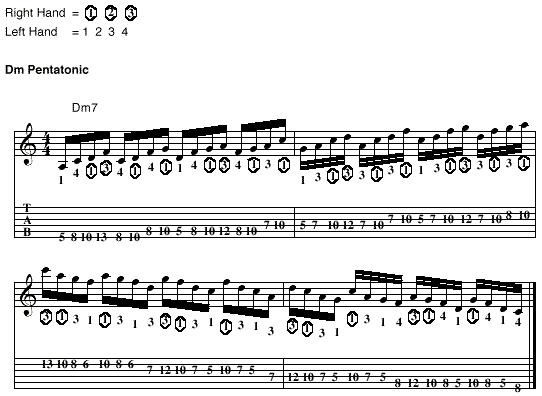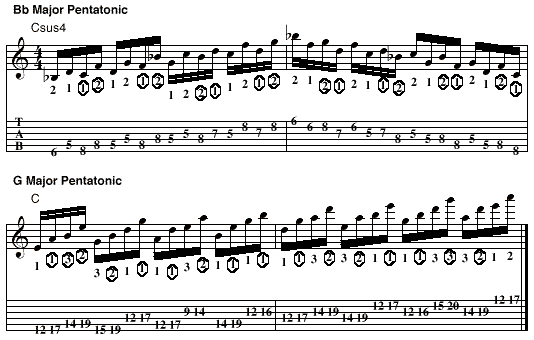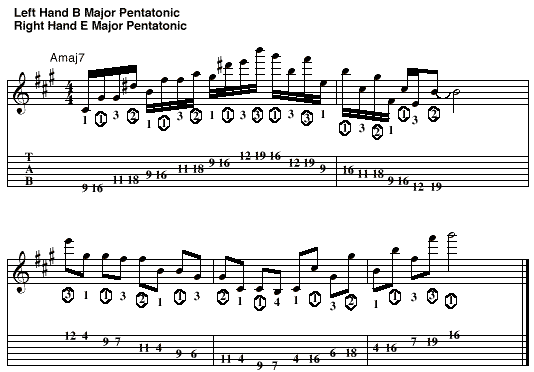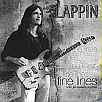One big advantage of the two-hand technique is the ability to tap pentatonic scales. Most common sequences can be transposed into tapping patterns and with a little practice, more complex sequences and textures can be easily executed.
The most difficult aspect of this technique is learning how to tap two different pentatonic scale shapes at the same time. You can more one or both hands up or down to the next scale pattern and play the same sequence. You can also play these sequences using the same pentatonic shapes an octave apart. Experimenting like this can dramtically alter the sound of the original sequence.
Start off slow and be patient with it. These sequences are very playable and in time you can get quite good at it. The possibilities are endless.
You can view this article in Adobe Acrobat format by clicking here (courtesy of Guitar 4U, a great instructional guitar site run by Gunharth Randolf).



Don Lappin has played guitar for 24 years and holds a Bachelor's degree from Berklee College of Music. He has performed professionally since the age of 11 and has taught for over14 years.
His debut "Fine Lines" was released in 1998.
